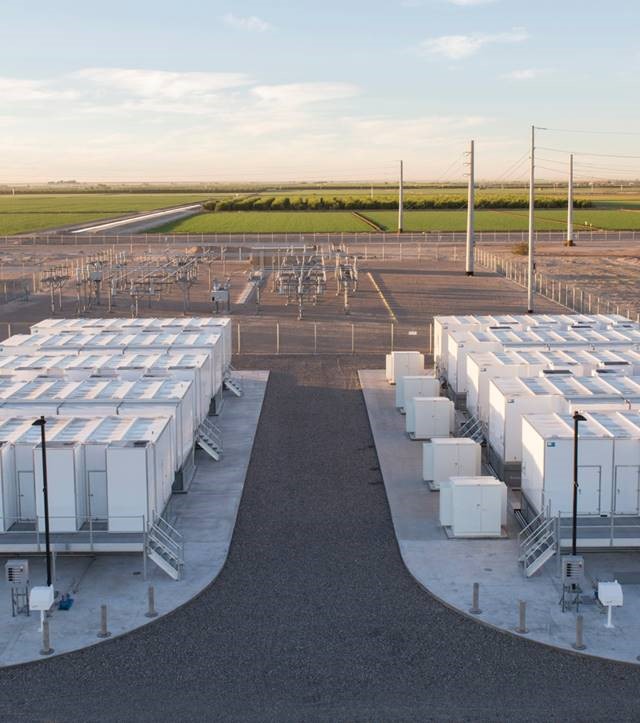
Photo: Galveston.com
Following the data to better water
27 June 2024
“When you have old pipes, you get deposits, discoloration, and complaints,” said Trino Pedraza, Galveston’s executive director of public works and utilities. All of this stood in the way of making community water Galveston’s “water of preference.”
With an undergraduate degree in electronic engineering, Pedraza considers himself “a tech nerd by default.”
“I try to live on data and what the data tells me,” Pedraza said. But a low-tech moment outside of work required no data, just a set of eyes and a sense of smell to know something was off.
“I’m at the community recreation centre with my son, a beautiful spot on the gulf and a great place to hang out,” Pedraza said. “One of the guys in the gym asks his buddy to go fill up his water bottle. Another guy laughs, ‘That’s sulphur water. We don’t drink that.’”
“So, I went to the fountain and filled up my water bottle. I held it up to the light, I took it outside.” From all angles, Pedraza recalled, “that thing was bright yellow.”
Though a powerful wake-up call, Pedraza’s discovery didn’t surprise the public works department. They had been hustling to address such problems for years: raising chlorine levels and implementing a programme to “flush out” problem areas. “But you don’t get to the root cause,” Pedraza said.
Getting the full picture
“We needed better visibility into what was happening,” Pedraza said.
Working off the newly implemented Badger Meter infrastructure and existing cellular networks, the team piloted sensors monitoring chlorine, pH, turbidity, temperature and more near restaurants, a hospital, a university campus, and other high-traffic areas.
This method eliminated the need for waste-producing reagents – while delivering a stream of continuous, reliable data.
“Typically, water quality monitoring involves someone going out into the field to collect a sample, which is then taken back to the lab for testing. It’s a snapshot in time,” Jose Pulido, a smart water solution architect with Badger Meter, explained.
The Badger Meter solution, by contrast, delivers multiple readings throughout the day, straight to the BEACON platform. “It’s like going from a mere snapshot in time to getting access to a livestream video,” Pulido said. “That’s pretty amazing.”
Next steps become clearer
With location maps, graphs of historical data, and more, the BEACON dashboard gave Galveston a sharper view of water quality and the systems driving it.
At the community recreation centre, Pedraza and his colleagues were able to dive into potential causes for the water’s noxious odour and bright yellow colour. Armed with this data, they were able to fine-tune equipment and water treatment regimes, for a ‘filling your water bottle up, guest approved’ experience.
BEACON’s detailed intelligence also guided the city’s pipe-flushing programme. In areas with closed pipes and dead ends, large volumes of water surging through the system just made the situation worse. Now, armed with real-time data, teams quickly learned where they needed to connect, re-route, or replace this errant infrastructure first.
Pedraza shared one of many examples. Staff saw a water quality graph trending down near one fire hydrant, even though the water sample met state quality guidelines. Further investigation revealed a closed valve. “The water was barely coming out and it was dirty as heck,” Pedraza recalled.
Strategically scaling to even more smart water goals
“Thanks to continuous, reliable data, Galveston can now see what’s happening with their system and customers, and proactively respond instead of reacting to what customers tell them,” said Joe DeVito, senior manager of utility solutions with Badger Meter and a former city official himself.
What’s next? Pedraza’s team has started assessing the quality of wastewater the city releases into the environment, empowered by Badger Meter equipment and existing city networks.
“Cellular is the way to go for expanding and adding layers,” DeVito noted. “And now that the technology’s been deployed, we’re working together to understand how to use it strategically to meet even more of their goals.”
If you’re interested in exploring more live smart cities stories like the City of Galveston’s, visit the CTIA Smart Cities website at smartcities.ctia.org.
Brought to you by:
Photo: Downtown Galveston, Source: www.galveston.com









